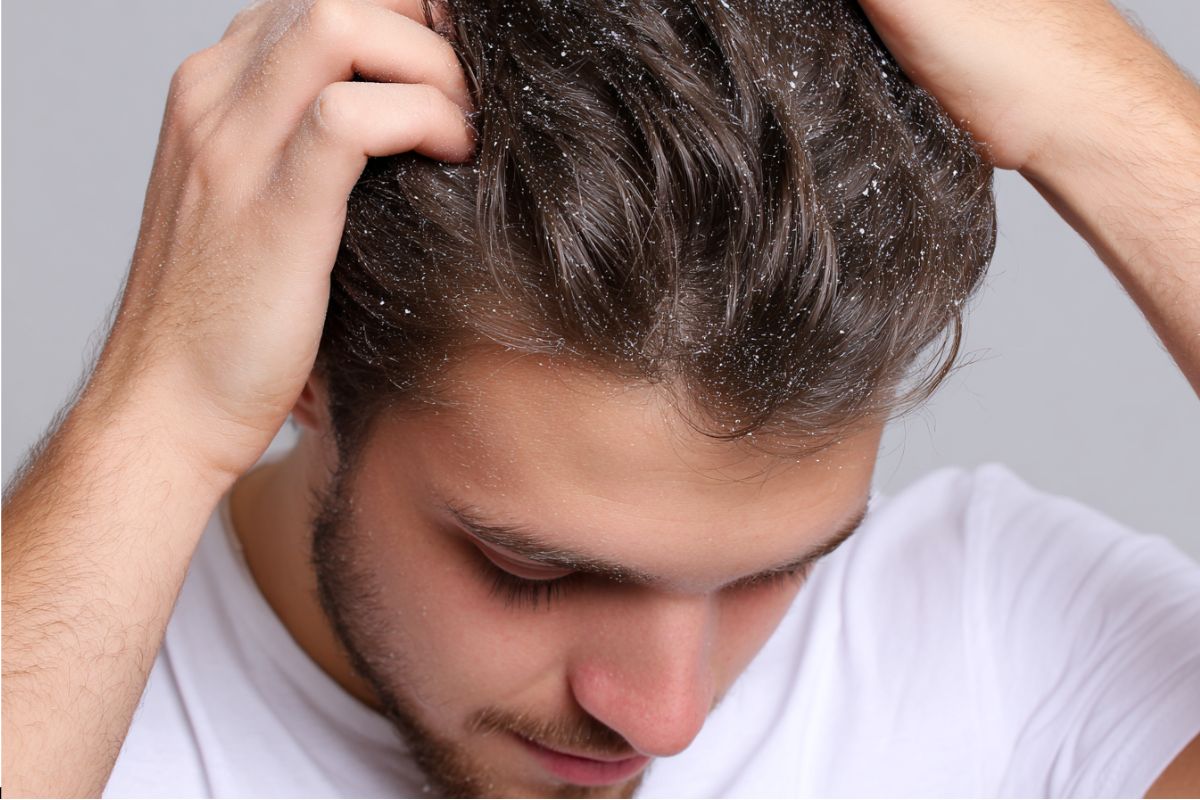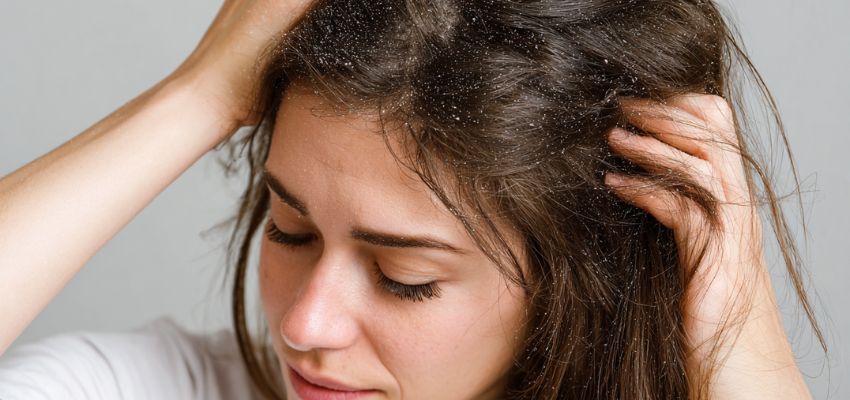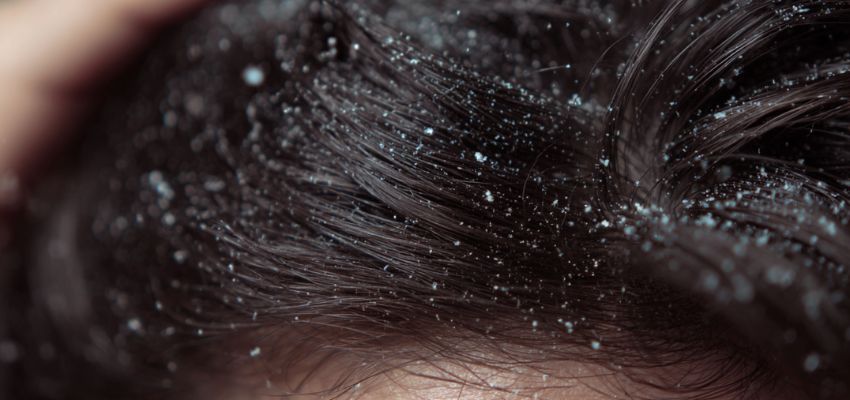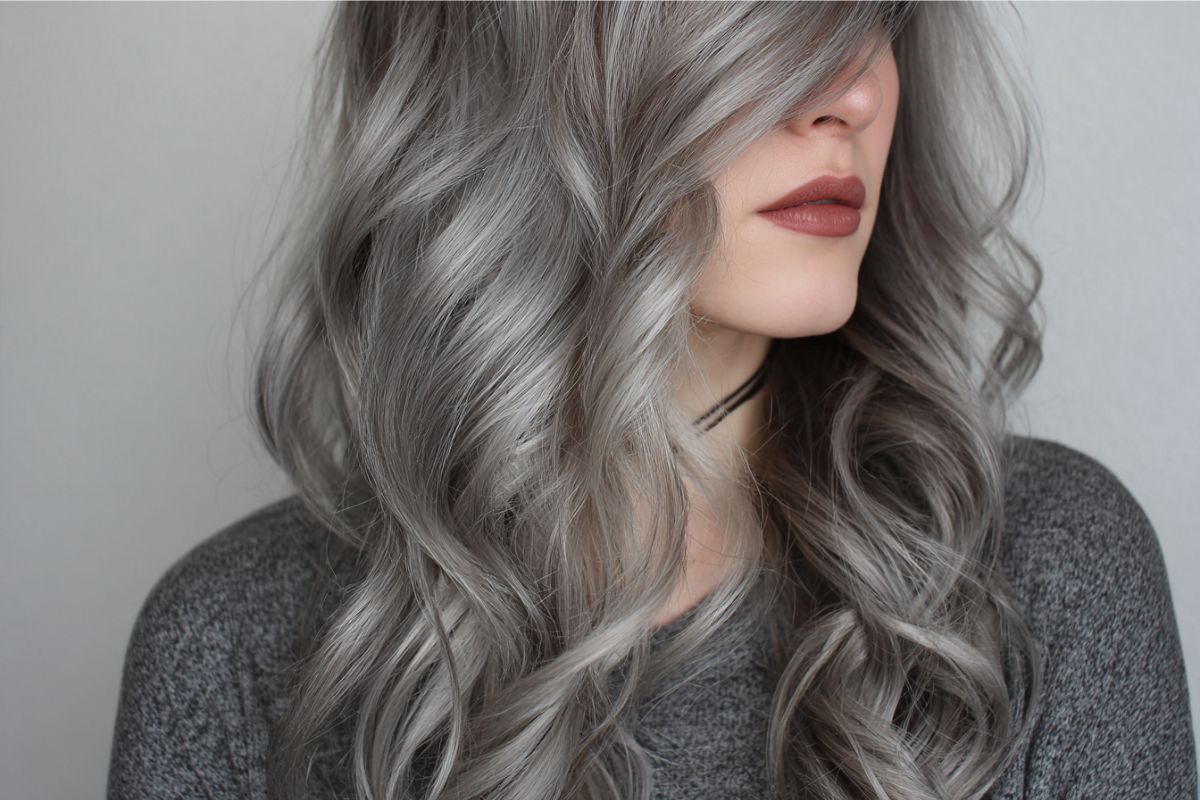Dry Scalp or Dandruff? Experts Reveal the Key Signs to Know

Published Sept. 24, 2025
Is your head itchy and flaky, but you’re not sure why? You may wonder if it’s a dry scalp or dandruff. Many people mix the two, but they are not the same. Knowing the difference matters because it helps you choose the right care for your hair and scalp.
In this guide, we’ll break down dry scalp vs dandruff in clear, easy steps. You’ll learn the key signs, see how they look (with dry scalp vs dandruff pictures), and get expert tips. By the end, you’ll know exactly what’s happening on your scalp, and how to treat it.
What Causes a Dry Scalp?
A dry scalp happens when your skin does not have enough moisture. This makes the skin feel tight, itchy, and flaky. Cold weather, washing your hair too often, or using harsh shampoos can strip natural oils away.
People with dry skin on their arms or legs may also see dry flakes on the scalp. Unlike dandruff, flakes from a dry scalp are small and light. If you notice flakes that look like dry white snow and your scalp feels sore or tight, it may be dryness, not dandruff. Moisture is the key to relief.
What Causes Dandruff?
Dandruff does not resemble a dry scalp. It does not lack water but has excess oil. In case the scalp produces excessive oil, a fungus known as Malassezia can develop rapidly. This causes skin cells to accumulate and peel off, resulting in huge, greasy flakes.
Dandruff is the white or yellow flakes that tend to adhere to your hair. The head will be itchy, reddish, and scaly. Dandruff can be aggravated by stress, hormones, or even the weather. Dandruff is not caused by dirty hair, but may accumulate oils and flakes when not washing.
Dry Scalp vs. Dandruff: Key Signs
Dry scalp and dandruff are hard to distinguish. Look at the flakes. The flakes of the dry scalp are small, white, and powdery. They are blown away like dust. The flakes of dandruff are bigger, greasy, and usually yellow or white.
They attach to hair and occasionally are accompanied by redness. When your head is dry in cold weather or when you take a shower and dry off, it is probably dry. When your head has thick scaly flakes and looks oily, it could be dandruff.
Comparing the pictures of dry scalp and dandruff will also enable you to see the difference more easily.

Common Symptoms You’ll Notice
Both of them cause itchiness and scalp flaking. But they show up differently. In the case of dandruff, the flakes are larger, greasy, and have a foul odor. The scalp may also have patches of redness.
The flakes are smaller, lighter, and in many cases accompanied by tight and sore skin, and the scalp is dry. The dryness can also manifest on other body parts, such as hands or legs. Dandruff commonly only occurs on the head.
The contrast might be more noticeable in the case of you having dandruff vs dry scalp black hair, the dandruff flakes are more protruding compared to dark strands.
When to See a Doctor
In the majority of cases, flakes may be treated by yourself, however, there are cases when you have to seek assistance. Provided that you have used over-the-counter shampoos for at least a month and have not noticed any progress, it is high time to see a dermatologist.
A doctor should also visit you in case you observe swelling, bleeding, or scabs on your scalp. What may appear as dandruff or dry scalp may be another ailment, such as psoriasis or eczema.
To a doctor, he or she can examine your scalp, eliminate other causes, and prescribe stronger treatments. Do not wait long in case the flakes continue returning.
Treatment for Dry Scalp
If you have a dry scalp:
|
Step |
What to Do |
Why It Helps |
|
1. Gentle Shampoo |
Use a mild, sulfate-free shampoo |
Prevents stripping natural oils |
|
2. Rich Conditioner |
Always follow with conditioner |
Restores lost moisture |
|
3. Lukewarm Water |
Wash with warm, not hot water |
Keeps scalp from drying out |
|
4. Natural Oils |
Massage coconut or jojoba oil |
Nourishes and soothes scalp |
|
5. Overnight Care |
Try scalp masks or light oil before bed |
Deep hydration while you sleep |
|
6. Quick Test |
Apply oil at night, wash in morning |
If flakes disappear, it’s dry scalp |
Treatment for Dandruff
Dandruff requires another treatment. The fungus that causes dandruff can be combated using special shampoos that contain zinc, ketoconazole, or selenium sulfide. Clean your hair regularly to keep oil at bay, and do not use rough products, which can cause irritation on your head.
Tea tree oil shampoos can also be used, though a small area should first be tested in case of allergy. In case the store shampoos fail to work, the doctor may provide the prescription-strength ones.
It could be a matter of trial and error to get the right shampoo, but once you have it, you will notice a reduction in the itching and flaking.

Prevention Tips You Can Try
To avoid a dry scalp, keep your scalp wet. Wash your hair, not too much, take enough water, and keep your head warm. Apply mild shampoos that are not harsh chemicals. Wash hair frequently to get rid of the accumulation of oil and prevent dandruff.
Apply a medicated shampoo once or twice weekly, even when the flakes have disappeared, in order to prevent their recurrence. Stress can aggravate dandruff: learn to deal with it. Be it the dry scabs of your head or the dandruff, the proper routine will make your head happy and healthy.
FAQs
How to tell if it’s dandruff or dry scalp?
The easiest way to spot dry scalp vs dandruff is by looking at the flakes. Dry scalp flakes are tiny, dry, and fall like dust. Your scalp may feel tight or sore, and other parts of your skin may be dry too. Dandruff flakes are larger, oily, and often yellow or white.
How to treat kids with dry scalp?
Children often get dry scalp from cold air, harsh shampoo, or not enough moisture. To help, use a gentle, fragrance-free shampoo and always follow with a soft conditioner. You can also massage a small amount of coconut oil or baby oil into the scalp before bedtime.
How to treat dandruff during pregnancy?
Many moms-to-be notice dandruff during pregnancy because hormones change scalp oils. The good news is that most dandruff shampoos with zinc pyrithione or ketoconazole are safe to use, but always check with your doctor first.
What is the main cause of dry scalp?
The main cause of a dry scalp is lack of moisture. When your scalp doesn’t have enough natural oils, the skin gets tight, itchy, and starts to flake. This can happen from cold weather, washing hair too often, or using products that strip away oils.
What vitamin deficiencies cause dry scalp?
A dry scalp can sometimes link to missing vitamins in your diet. Low levels of vitamin B, vitamin D, and zinc are often linked to dry, flaky skin. Vitamin B helps with healthy skin, while vitamin D keeps your scalp cells strong. Zinc supports healing and balance.
Final Thoughts
Both dandruff and dry scalp can look the same, but the causes are not alike. A dry scalp happens when your skin lacks moisture, while dandruff comes from extra oil and fungus. Knowing the difference helps you choose the right care.
If flakes don’t improve with simple changes, it’s best to see a doctor. Treating your scalp with gentle products, keeping it clean, and protecting it from harsh weather can help prevent future flare-ups.
At Salon Suites of Boca Raton, we support stylists with luxury spaces to serve clients with confidence. Contact us today to learn more.
Lease Salon Space In Boca Raton Florida
Join a vibrant community of beauty professionals when you rent salon space in Boca Raton with us. Whether you’re a hairstylist, nail technician, or esthetician we have a place for you. Joining our salon family means you’re becoming part of a network that values your growth. At our Boca Raton location, you’ll enjoy free cleaning services, flexible lease agreements, and much more. Lease salon space in Boca Raton by reaching out today.

About The Author
Julie Fortuna is a talented writer for Salon Suites of Boca Raton. She specializes in creating insightful content about topics that help beauty professionals succeed in their careers. Her clear and approachable writing style helps inspire calm and confidence.




